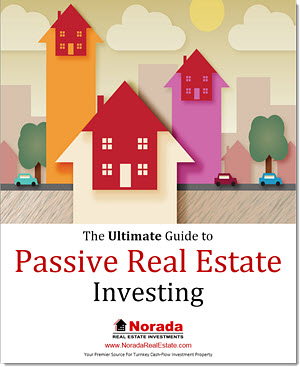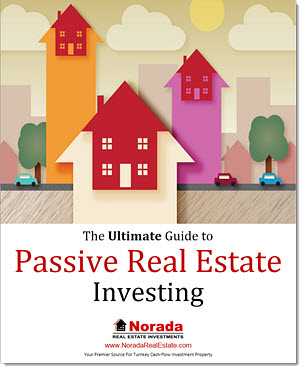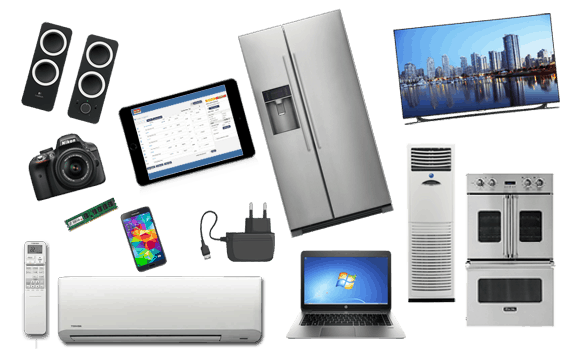The global economy seems to twitch and jump with every news cycle, leaving many of us staring at our 401(k) statements and wondering if we’ll really have enough when it’s time to stop working.
Suppose you’re looking for stability and genuine control over your financial future. In that case, the answer is a resounding yes: using cash-flowing rental properties is one of the most reliable and effective strategies available today for long-term retirement security because they generate predictable passive income and build equity simultaneously, providing a perfect hedge against inflation.
This isn’t just theory; this is how everyday millionaires secure their later years. I want to share my personal playbook for moving beyond stock market anxiety and building a retirement fund that provides a steady monthly income.
How to Secure Your Retirement With Cash-Flowing Rental Properties
Why Traditional Retirement Planning Often Falls Short
When I first started investing years ago, I did what everyone said: max out the 401(k), buy index funds, and hope for the best. Fast forward a decade, and I realized that “hoping for the best” wasn’t a plan—it was a prayer.
Traditional retirement plans rely on the idea that when you need to retire, the stock market will be high, and you’ll start withdrawing 4% of your total balance every year. But what happens if the market drops 30% right before your 65th birthday? You’re stuck selling valuable assets just to pay the bills, locking in huge losses.
Real estate offers something fundamentally different: income stability. It doesn’t matter if the Dow Jones is up or down; people still need a place to live. When you own a cash-flowing property, you own a business that provides an essential service and pays you for it every 30 days.
The Unshakeable Pillars of Real Estate Income
If you ask me what makes real estate superior for retirement, I won’t just talk about rent checks. I’ll talk about the four major wealth generators happening all at once. This is the power of leverage in action.
1. Cash Flow (The Paycheck): This is the money left over after all bills are paid—mortgage, taxes, insurance, and management fees. This is the true definition of a passive retirement income.
2. Appreciation (The Growth): Historically, property values increase over time. While this isn’t guaranteed, good properties in growing areas tend to keep pace with—or beat—inflation.
3. Amortization (Wealth Transfer): Every time your tenant pays rent, a portion of that money goes toward paying down the principal of your mortgage. This is perhaps my favorite part. Your tenant is literally paying off the debt while building your equity. Try finding another investment where someone else pays for your asset!
4. Tax Benefits (The Hidden Handshake): The government allows you to deduct many expenses related to owning rental property, including property taxes, repairs, and most importantly, depreciation. Depreciation is a “paper loss” that reduces your taxable income, even if the property is actually making you money. This is a game-changer for serious wealth building.
My personal view on this is simple: If I can earn income, have that income protected from taxes, and have the underlying asset increase in value, why would I put all my eggs in a basket that only offers one or two of those benefits?
Defining “Cash-Flowing”: Understanding the Key Metrics
The biggest mistake new investors make is buying a property that generates small amounts of rent but barely covers the costs. That’s not cash flow; that’s a hobby that might need funding from your main job. We need properties that truly cash flow strongly.
To measure a healthy property, we must look beyond simple monthly profit and focus on two key metrics:
1. The 1% Rule (A Quick Screening Tool)
While not always applicable in expensive coastal markets, the 1% Rule is a great starting point for analyzing deals quickly. It suggests the minimum monthly rent secured should be at least 1% of the total purchase price.
| Property Purchase Price | Minimum Monthly Rent Goal |
|---|---|
| $200,000 | $2,000 |
| $300,000 | $3,000 |
If a $300,000 property rents for only $1,500, you’re very unlikely to achieve strong cash flow after expenses.
2. Cash-on-Cash Return (The Real Measure of Performance)
This metric shows you how much annual return you get based only on the cash you actually put down (down payment, closing costs, renovation capital).
Formula: (Annual Cash Flow / Total Cash Invested) * 100 = Cash-on-Cash Return
A high return, typically over 8% to 10%, is a sign of an excellent cash-flowing property. This tells you if your money is working hard enough compared to leaving it in a savings account. I always aim for double-digit Cash-on-Cash Returns—that’s the standard that defines a powerful retirement asset.
My Step-by-Step Guide to Property Acquisition
Building a retirement portfolio of rental properties requires structure, not excitement. Excitement builds resorts, structure builds lasting wealth.
Step 1: Focus on the Market, Not Just the Property. Don’t fall in love with the counter tops. Fall in love with the demographics. For cash flow, you generally want areas with strong employment growth, reasonable property taxes, and a high renter population (often near universities, military bases, or large medical facilities). I learned that chasing the highest appreciation isn’t always the best strategy for retirement income; consistency is.
Step 2: Know Your Expenses (The Realistic Budget). Never underestimate vacancy rates or repair costs. Many investors only budget for the debt payment, but you must estimate all the variables.
- Vacancy Rate: Budget 5% to 8% of rent revenue for times the unit is empty.
- Capital Expenditures (CapEx): Money set aside for big items like a new roof, HVAC system, or water heater. I recommend budgeting $150 to $250 per unit per month, even if you never use it that year.
- Property Management: If you plan on being truly passive, budget 8% to 12% of the monthly rent for a company to handle the tenants and maintenance.
Step 3: Master the Financing Game (Leverage). The beauty of real estate is using the bank’s money (leverage) to control a large asset. While there are limits on how many mortgages the average person can obtain, always maximize your use of conventional, 30-year fixed-rate financing. This locks in your cost today, while rents and value tend to rise tomorrow. The difference between 15% and 25% down payments can shift your Cash-on-Cash Return significantly; model both to see which provides the best balance of safety and profit.

Download Your FREE Guide to Passive Real Estate Wealth
Real estate investing has created more millionaires than any other path—and this guide shows you how to start or scale with turnkey rental properties.
Inside, you’ll learn how to analyze cash flow and returns, choose the best markets, and secure income-generating deals—perfect for building long-term wealth with minimal hassle.
🔥 FREE DOWNLOAD AVAILABLE NOW! 🔥
Handling the Headaches: Making Rental Properties Truly Passive
The biggest objection I hear about rental properties is: “I don’t want to fix toilets.” I get it. We are building a passive retirement income stream, not creating a second job.
The decision comes down to the quality of your team. This is where your investment becomes truly passive or agonizingly active:
- Professional Property Management: A good management company handles marketing, tenant screening, rent collection, and maintenance calls. Yes, they cost money (that 8-12% fee), but they provide priceless time back, which is the whole point of retirement planning. For investors looking for E-E-A-T, knowing when to delegate is paramount. In my early years, I tried to save the management fee, and I lost more money through poor tenant decisions and deferred maintenance than I ever saved.
- Tenant Screening is Everything: The quality of the tenant determines the quality of your cash flow. A good manager screens for high credit scores, stable income, and clean rental history. Don’t rush this phase.
The Long View: Scaling Your Retirement Portfolio
Building a secure retirement rarely happens with a single property. You need a portfolio that generates enough cash flow to cover your actual desired living expenses.
The magic of real estate for scaling is the 1031 Exchange (often pronounced “ten thirty-one”). This is an advanced tax strategy where you can sell one investment property and use the proceeds to buy a “like-kind” replacement property, deferring all capital gains taxes. This allows you to trade up, moving from a single family home to a duplex, then to an apartment building, scaling your income exponentially without the IRS taking a cut in the middle. Strategic scaling accelerates the timeline for achieving your retirement goals dramatically.
- The Goal: Build enough Net Operating Income (NOI) to exceed your monthly retirement budget.
Conclusion: Securing Your Future on Solid Ground
The path to a secure retirement doesn’t have to be a guessing game dictated by Wall Street. By choosing Secure Your Retirement with Cash-Flowing Rental Properties, you are locking in a tangible asset that is inflation-proof, debt-reducing, and inherently flexible.
If you commit to learning the metrics—understanding your Cash-on-Cash Return and respecting the true costs of ownership—you can build a stable, private pension fund that will sustain your desired lifestyle, regardless of what the stock market decides to do next. Start small, stay disciplined, and watch your monthly rental checks transform uncertainty into true security.
Secure Your Retirement with Cash-Flowing Rental Properties
Turnkey real estate offers a low-hassle way to generate passive income and build long-term financial security—perfect for retirement-focused investors.
Norada Real Estate helps you invest in stable, high-demand markets that deliver consistent monthly cash flow and equity growth over time.
🔥 HOT NEW LISTINGS JUST ADDED! 🔥
Talk to a Norada investment counselor today (No Obligation):
(800) 611-3060






